With natural disasters occurring more frequently, disaster preparedness planning has become a new and more urgent concern for many communities around the globe.
This past fall, six Boise State University students took part in the disaster preparedness planning course (MPH 570 / HLTH 497) taught by Public Health and Population Science professor Uwe Reischl.
The course provided a deep dive into the multiple factors contributing to manmade and natural disasters. While natural disasters can create varying health and safety problems, many will force families to leave their homes.
As part of the culminating activity of this course, students were asked to design 3D models of emergency shelters they believed could temporarily house a family after a natural disaster in any geographical area or climate of their choosing.
The parameters were simple — develop an innovative new housing unit (or shelter) for a displaced family of two adults and two children for up to 12 months.
“Being prepared for a disaster is usually not easy and solutions are usually not cheap. For this final class project, cost and use of different materials were not considered to be limiting factors in the final shelter design solution,” Reischl said. “Students were limited only by their imagination and all of the students in the class were able to think creatively in developing their final shelter designs.”
Each of the students presented their research and emergency shelter designs to a small group of community and faculty members. Learn more about the students’ projects below.
Kade Anderson
Kade Anderson, a Masterof Public Health student in his second year, has seen the need for emergency preparedness and planning firsthand. As a former wildland firefighter, Anderson knows how important of a role mobility and readiness plays in the face of an emergency.
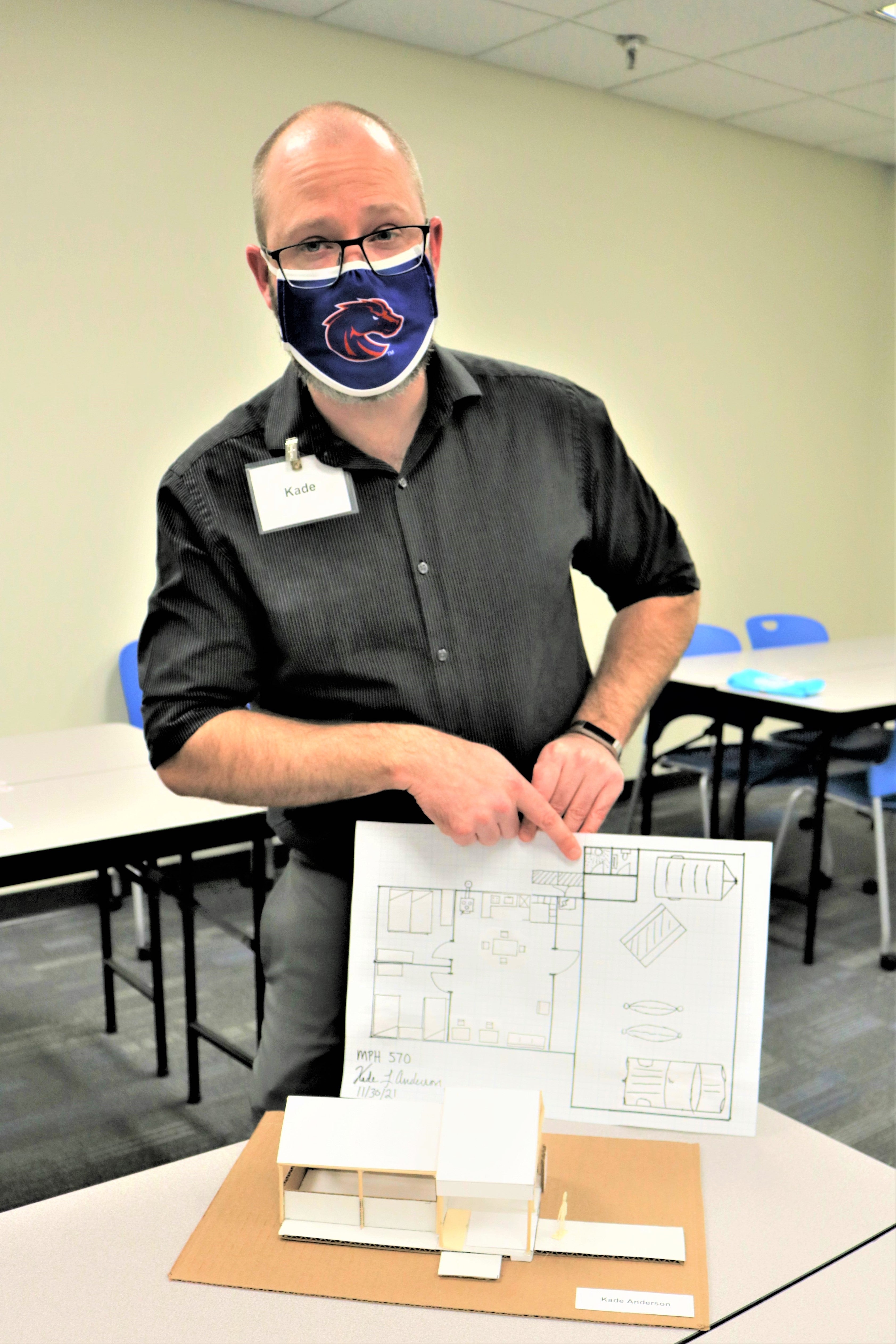
Anderson’s main structure is a sheep herder tent that can provide stable shelter while also providing ease of construction and removal in various locations.
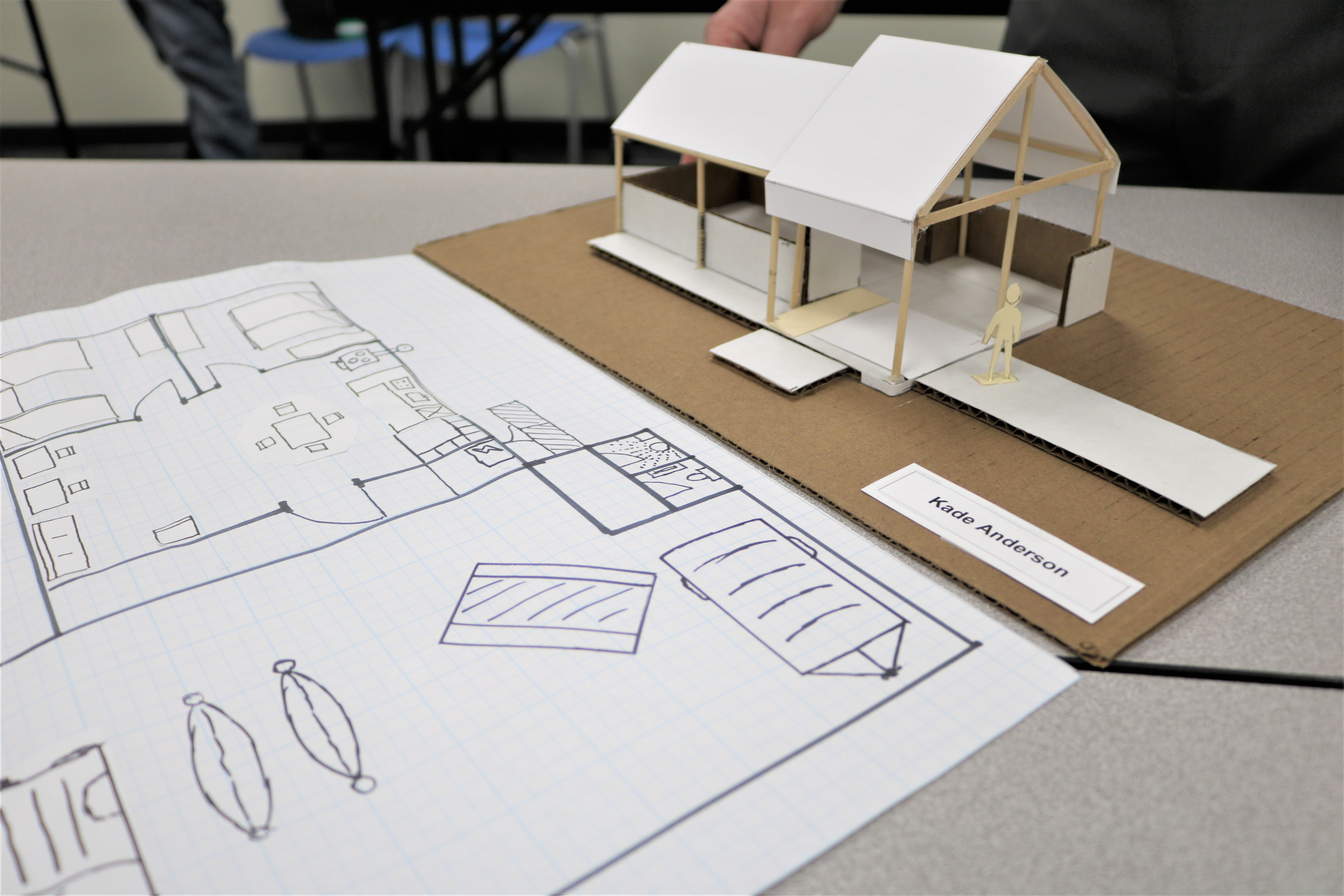
“Preparedness is both a personal activity and a community dependency. You can do so many things to help yourself be better prepared, but in the end true preparedness often comes at the community level,” Anderson said. “However, there is so much we can each do to make ourselves better off — helping yourself helps the community as a whole in times of disaster.”
Audrey Stanciu
Audrey Stanciu, a second-year Master of Public Health student, deviated from the normal land-locked dwelling. Instead, Stanciu focused on a water-based solution.
With an “unlimited budget,” Stiancu based her dwelling on a barge — one that could help displaced families create a new home and travel to new locations as needed.
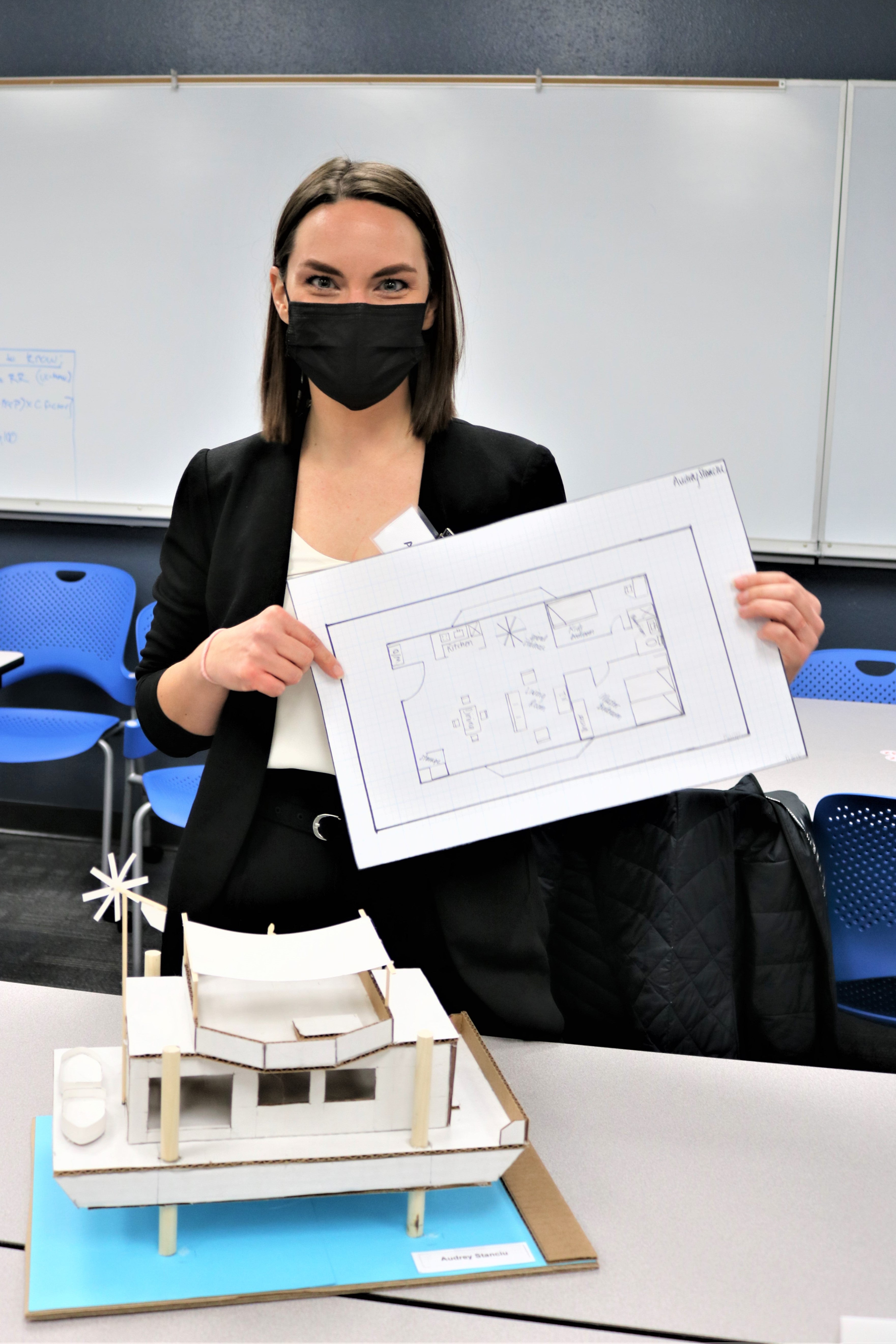
Stiancu even reached outside the classroom to learn more about disaster response by taking additional courses through the Federal Emergency Management Agency (FEMA). Because of her recent studies and courses, Stiancu now works locally as an emergency preparedness coordinator with the Central District Health Department.
“I think that this class really got me excited about emergency management,” Stiancu said. “It lit a spark in me and helped me get a new job.”
Nathan Friedman
Nathan Friedman, a health sciences student who graduated in December 2021, decided to base his project less on walls and more on wheels. Friedman’s emergency shelter is a school-bus-turned-home.
Friedman’s interest in a school bus as an emergency preparedness vehicle and shelter was born out of the “school buses as adventure vehicles” movement, which has been popularly depicted on social media in the last decade.
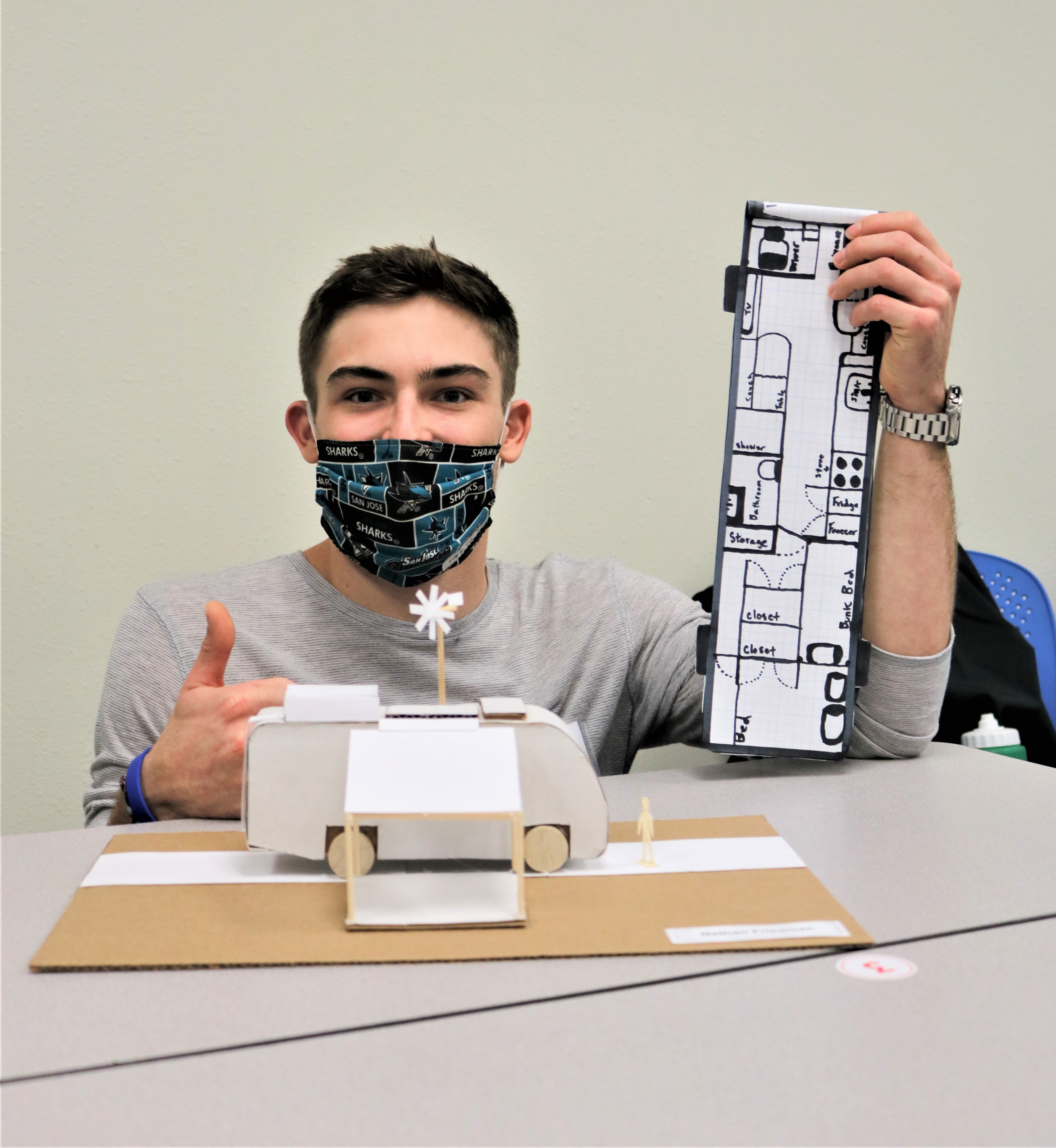
“I figured, why not have both an adventure vehicle and potential emergency vehicle?” Friedman said.
In an effort to mitigate the shock of being displaced, Friedman said a home on wheels may feel more familiar to families as they can utilize it for travel and in case of potential emergency.
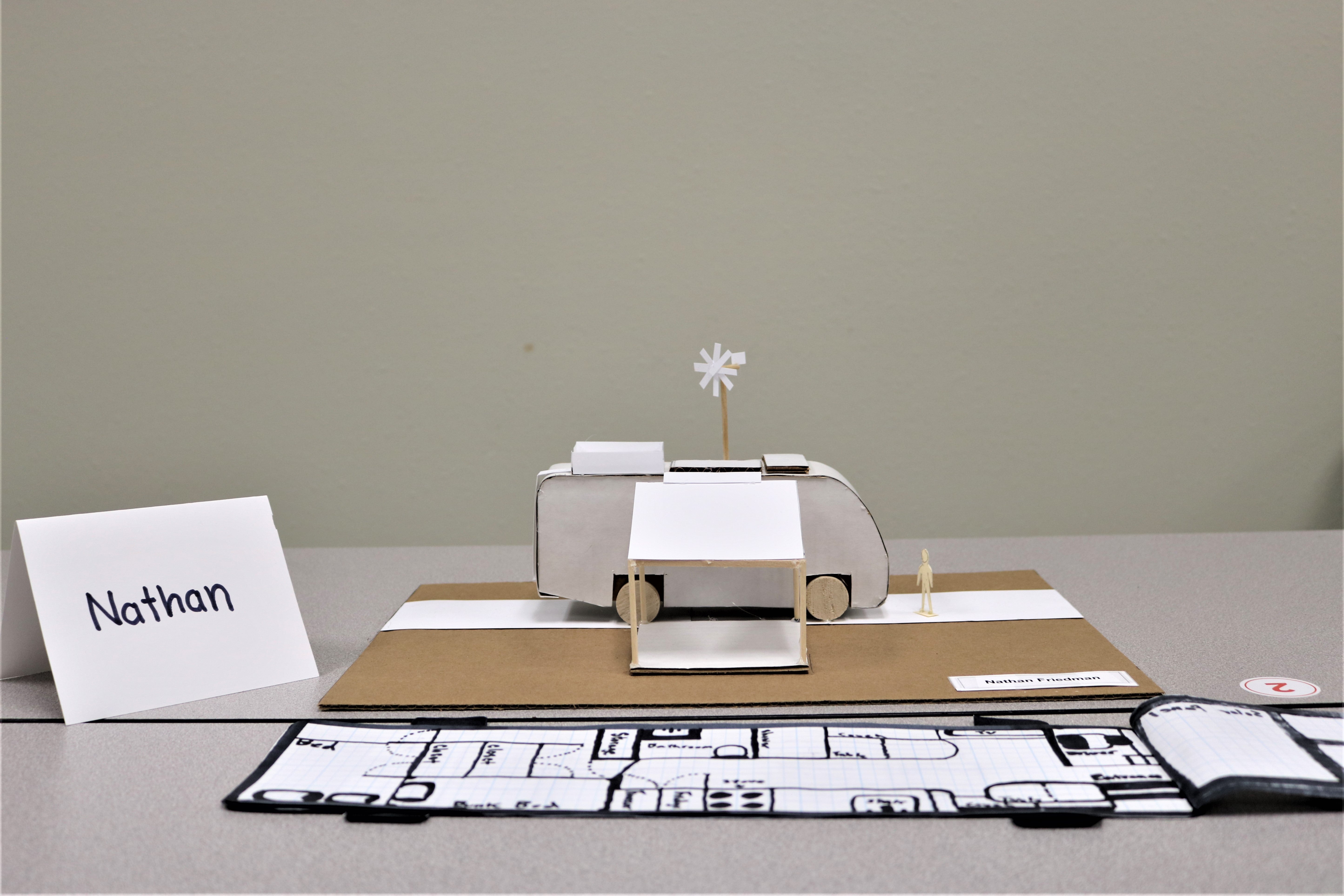
The course, Friedman said, helped push him to better understand both preparedness and prepare for his future.
“It has opened my eyes to how big the field of emergency preparedness is and what fields this outlook of emergency preparedness could be applied in,” Friedman said. “There’s so much you can do with a public health degree, but this helped me know that I’d like to use my degree in the emergency preparedness world.”
Stasha Hood
For Stasha Hood, a senior health studies major, the importance of both stability and common creature comforts came into play in the design of her emergency shelter.
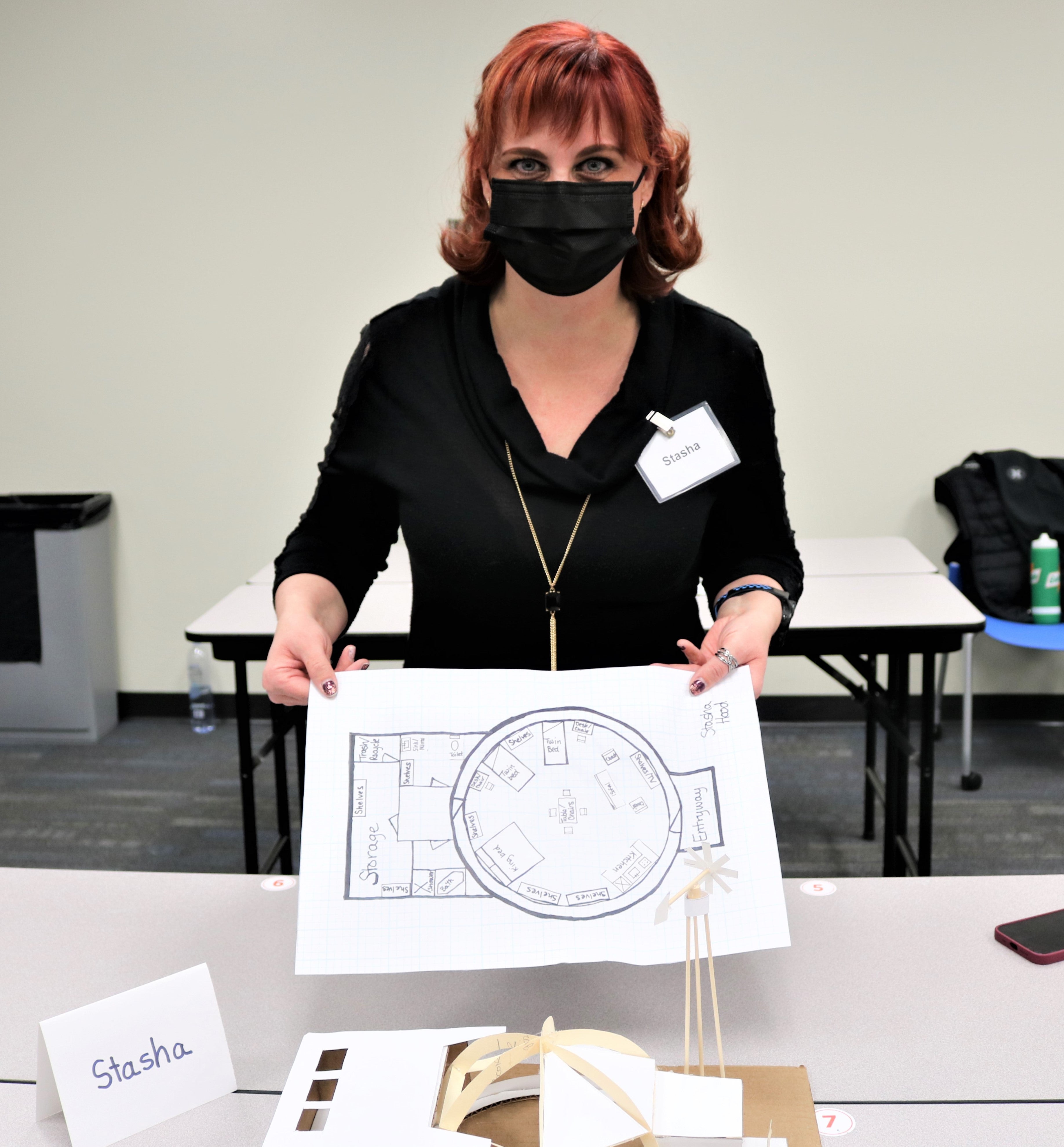
Fitted with a bathtub and a windmill for power, Hood developed her dome model toward those who may need to live in the structure for an extended period.
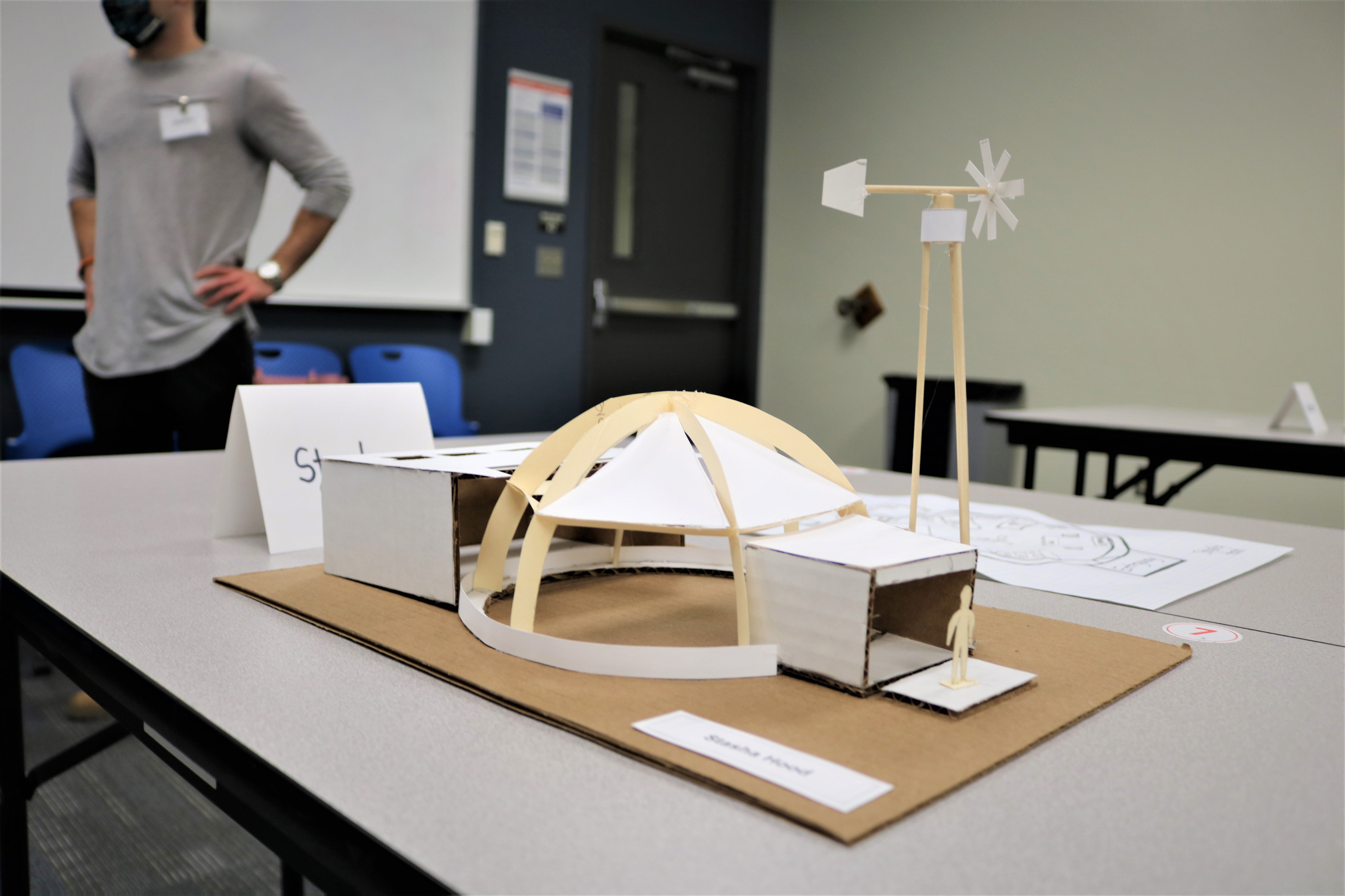
“What I really took away from this class is that in a disaster situation, we can’t just rely on the government to fix things,” Hood said. “We need to be self-sufficient and in the short term be able to fend for ourselves and help those around us in our individual communities.”
Bill White
Bill White, a third-year radiological sciences student, took interest in the Disaster Preparedness Planning course because of his passion for traveling and camping.

For the project, White drew from his experience traveling with just a motorcycle and a tent. White opted for a small, portable living option that could be taken to designated camping spots or wherever else land was available.
“This course is interesting, because every time you think you have a plan to be best prepared, Dr. Reischl will throw you a curveball,” White said. “Preparedness is never straightforward, it’s not black and white — disasters come right at you when you least expect it.”
Fatema Ebrahim
Fatema Ebrahim, an international, second-year Master of Public Health student, tackled this project with extreme detail. Every bit of research and information into yurt-style living led Ebrahim to a potential new need.
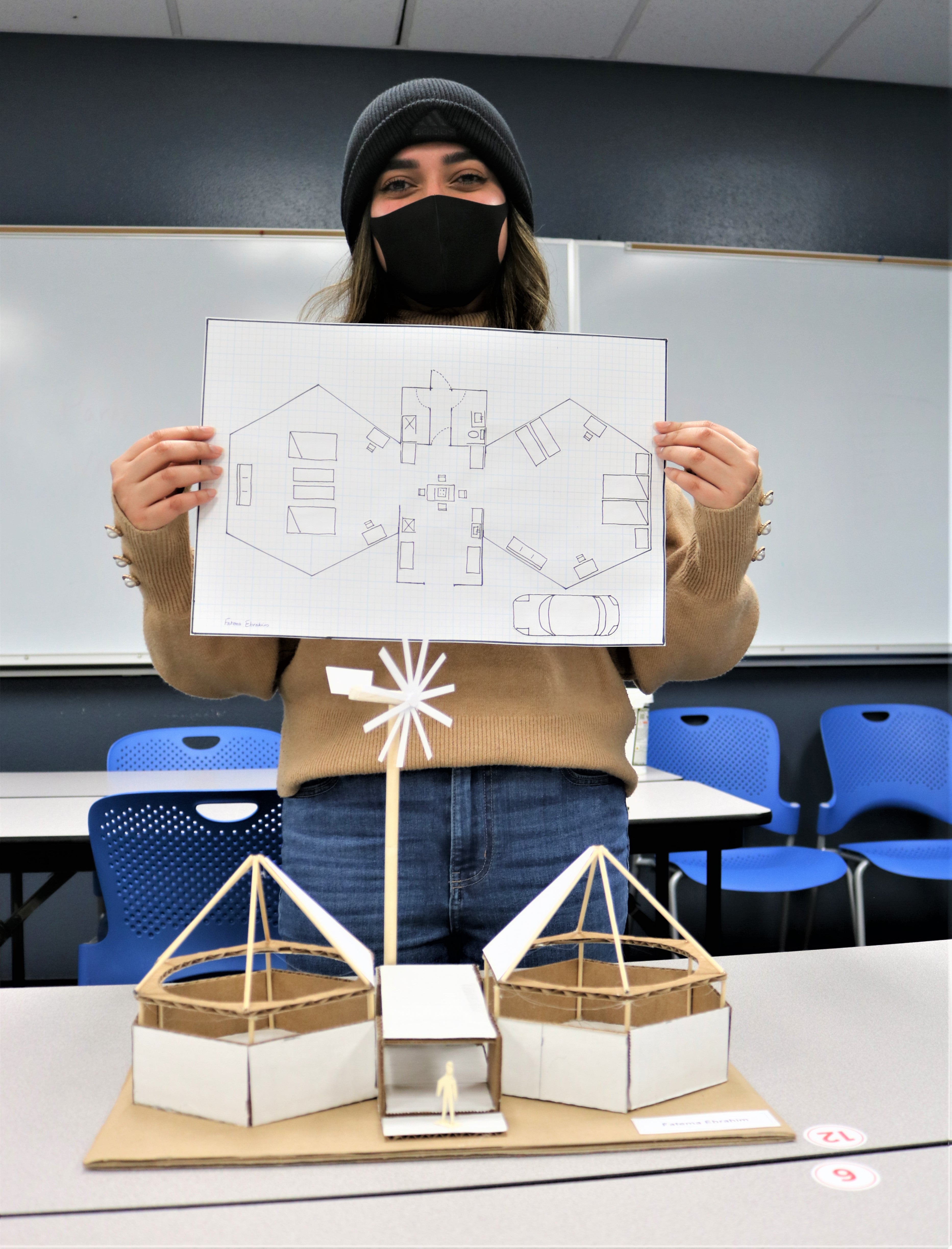
Built with community in mind, Fatema designed a yurt-like structure that can grow in size as more yurt structures are joined together. With solar panels and a wind turbine for additional energy, Ebrahim found this style of housing to be especially suitable for an off-grid lifestyle.
“This course was very eye opening to me to learn all about emergency preparedness and how we take into consideration cooking, sanitation, and privacy in times of emergency,” Ebrahim said.